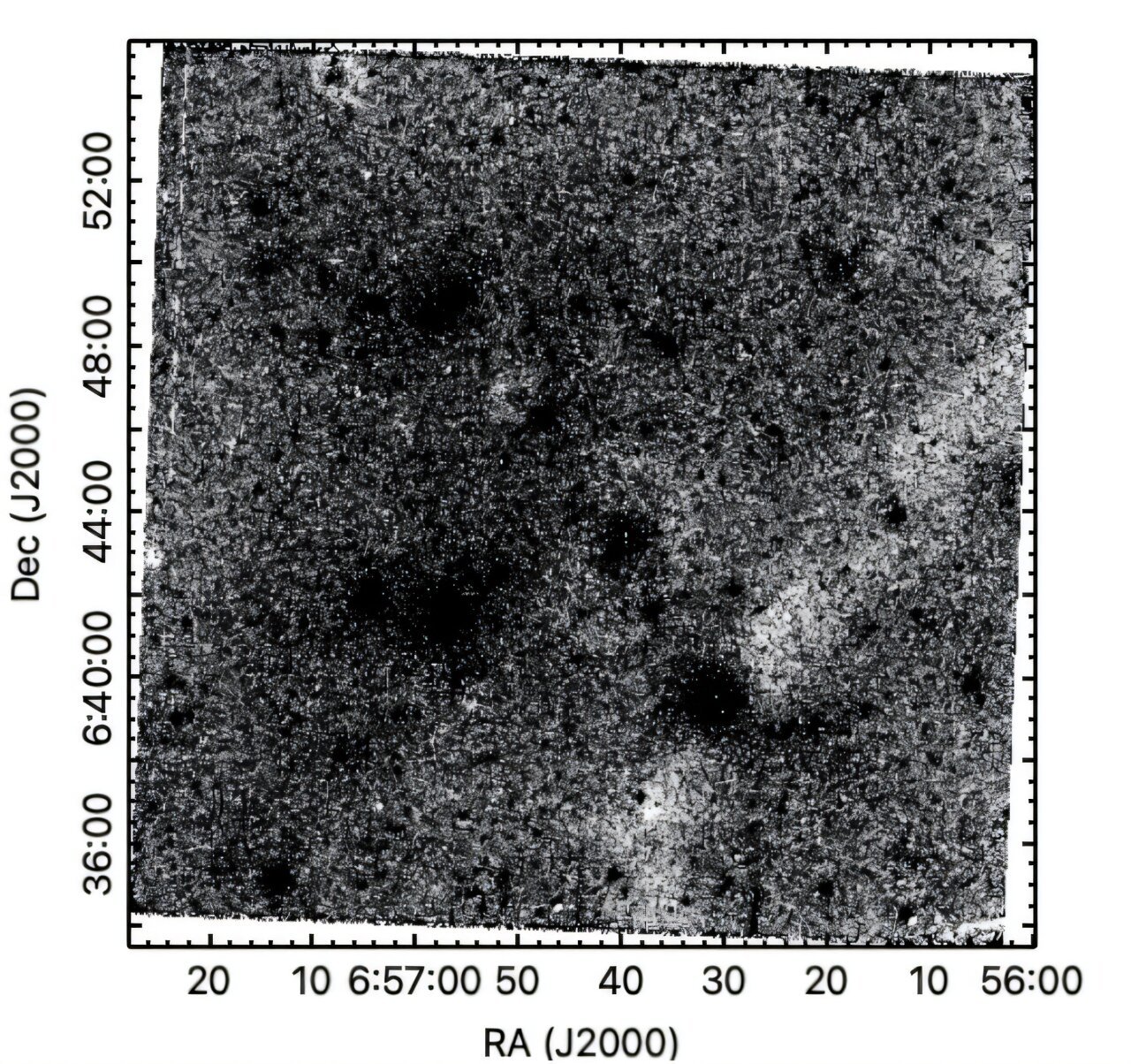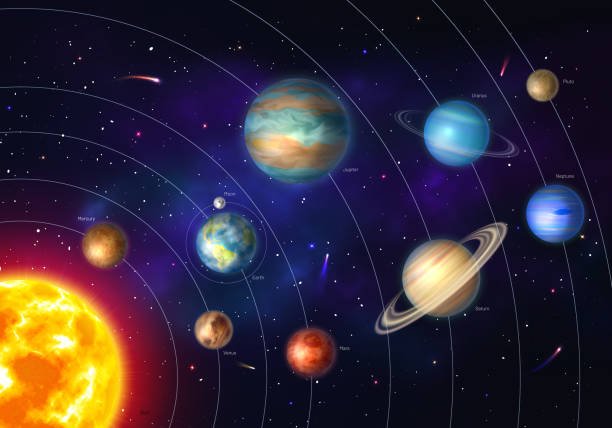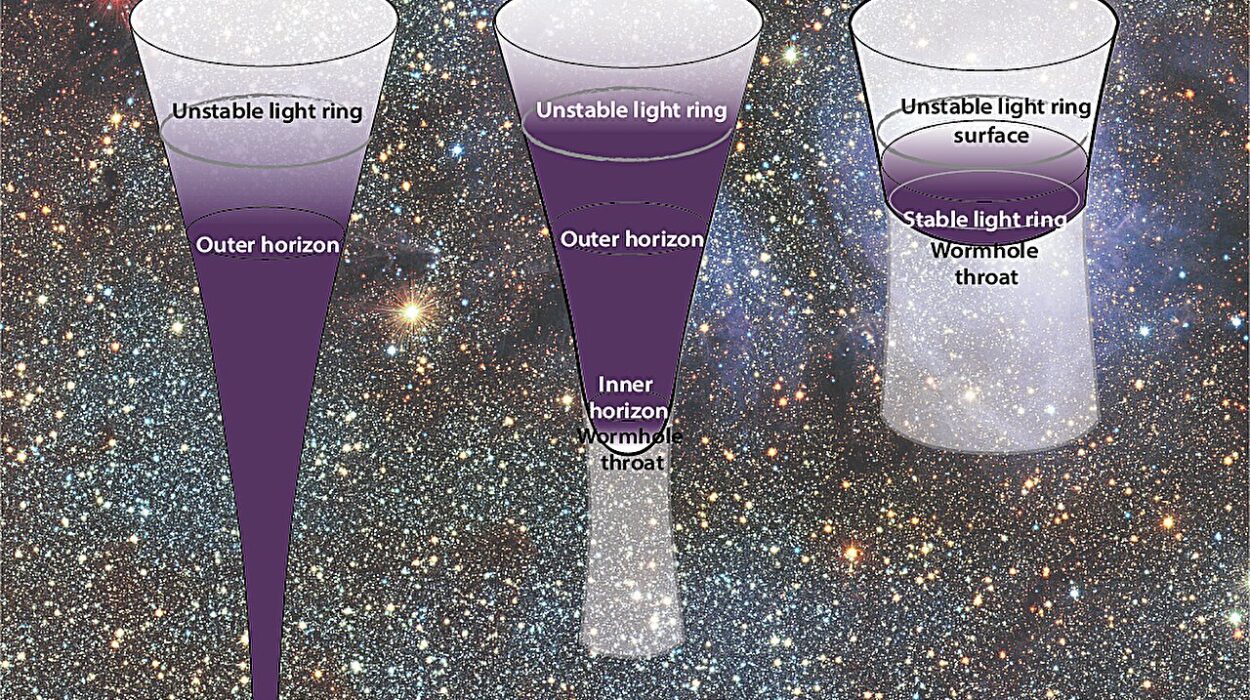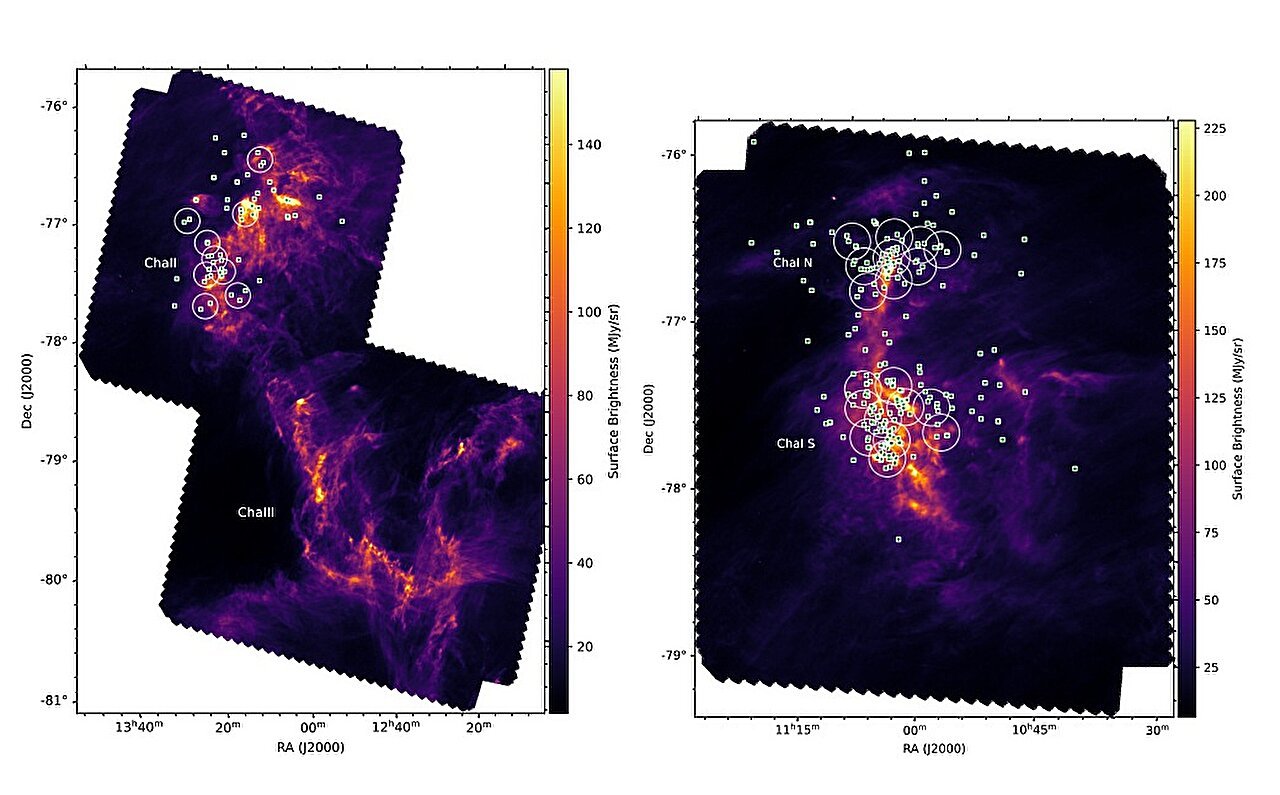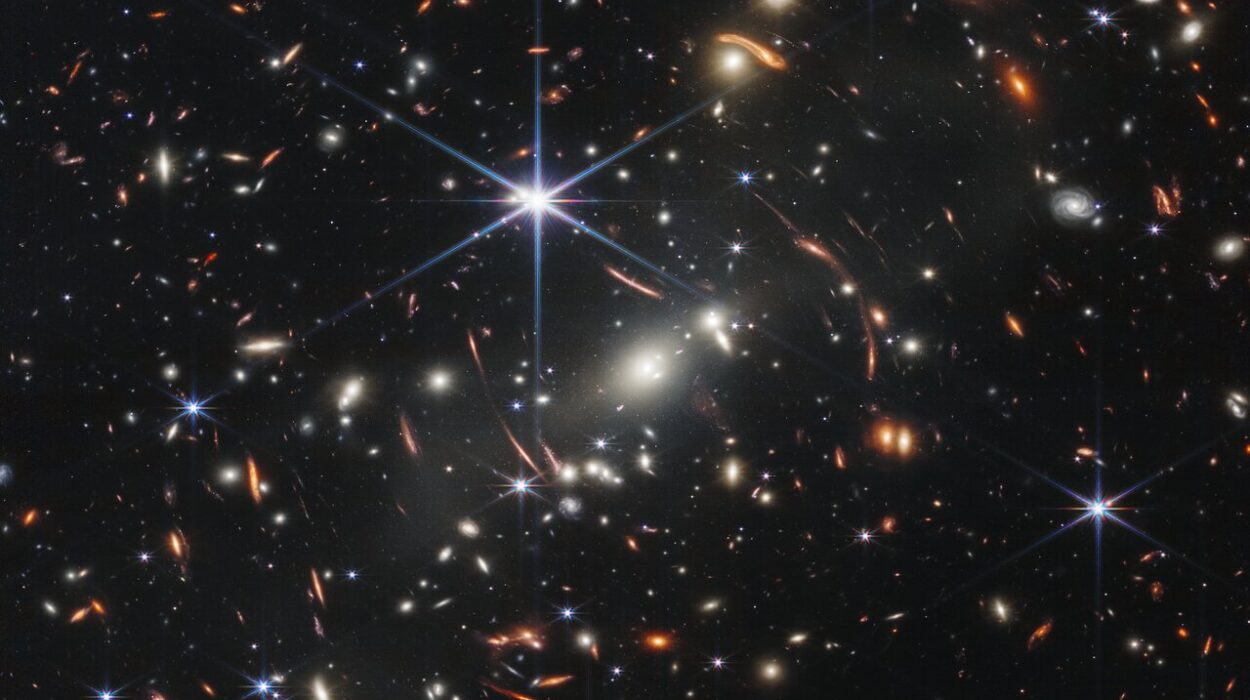Astronomers from Turkey and Japan have provided new insights into the supernova remnant (SNR) G206.7+5.9, a recently discovered nearby SNR located within our Milky Way galaxy. The results, published on January 28 on the arXiv pre-print server, deepen our understanding of this expanding cosmic structure and its interaction with surrounding interstellar material.
What Are Supernova Remnants?
Supernova remnants are the glowing remnants left behind by a supernova explosion. When a massive star explodes at the end of its life cycle, it ejects vast amounts of material into space. The explosion also sends out a shockwave that sweeps up and interacts with surrounding gas and dust, creating a shell of expanding material. These remnants can stretch over vast distances, often creating intricate and complex structures observable across multiple wavelengths of light.
The remnants of supernovae offer astronomers valuable clues about the explosive deaths of massive stars and their subsequent evolution into new, potentially life-giving materials scattered across the universe.
Discovery of G206.7+5.9
The supernova remnant G206.7+5.9 was first discovered in 2022 using the Five-hundred-meter Aperture Spherical Radio Telescope (FAST) in China. It was identified as a shell-type Galactic SNR, which means that the material from the explosion forms a spherical shell around the explosion’s center. This particular remnant has a remarkable physical size of about 88 light-years in diameter and is situated around 1,400 light-years away from Earth, within the Local Arm of the Milky Way galaxy.
Previous observations of G206.7+5.9, specifically in radio wavelengths, revealed distinct features of the remnant. Radio studies indicated that the structure of the remnant is not uniform. The remnant’s eastern side contains a single shell, while its western side has two separate shells. However, the remnant had not been studied in other wavelengths, such as optical, until the team of astronomers led by Hicran Bakis from Akdeniz University in Antalya, Turkey took the initiative to investigate G206.7+5.9 using optical observations.
Optical Observations Using LAMOST and TUG Telescopes
In order to study G206.7+5.9 in the optical spectrum, the research team used two advanced instruments: the Large Sky Area Multi-Object Fiber Spectroscopic Telescope (LAMOST) and the TÜBİTAK National Observatory (TUG) in Turkey. These instruments enabled them to gather critical optical data for the remnant.
The team obtained optical spectra from 10 different locations near the southwestern and northwestern regions of the remnant using the LAMOST telescope. They also collected images of hydrogen-alpha and ionized sulfur ([S II]) spectral lines from the southwestern region of the remnant using TUG’s 1-meter T100 telescope.
Key Findings: Emission from Shock-Heated Gas
The observations revealed several key features of G206.7+5.9, shedding light on its underlying physical processes. Notably, the emission from the southwestern region of the remnant exhibited a filamentary structure, which appeared to correspond with the pattern of radio emission observed earlier. This confirmed the relationship between the radio and optical emission, suggesting that the shockwave from the supernova explosion was heating the surrounding gas, creating the observed emission patterns.
The optical spectra revealed that the ratio of ionized sulfur and ionized nitrogen to hydrogen-alpha was unusually large in the regions studied. This ratio is a clear indication that the emission observed in G206.7+5.9 is primarily driven by shock-heating, a process that occurs when the shockwave from the supernova explosion compresses and ionizes the surrounding gas, causing it to emit light.
Detection of Atomic Oxygen
Another important discovery from the optical observations was the detection of atomic oxygen emission lines in the spectra of the remnant. The presence of these emission lines further supports the theory that the region is experiencing intense shock activity. The detection of atomic oxygen is significant because it is often associated with shock-heated gas in SNRs, providing further evidence of the violent processes occurring within G206.7+5.9.
Measuring Electron Densities and Pre-Shock Cloud Interactions
In addition to studying the emission patterns, the team used their optical spectra to measure the electron densities in the regions they observed. They found that the electron densities in these regions ranged between 117 and 597 cm−3, with an average density of about 327 cm−3. These electron density values give scientists a sense of the amount of ionized gas present in the remnant.
The team also estimated the pre-shock cloud electron density, which is the density of the gas before it was shocked by the explosion. The pre-shock density was found to be approximately 2.6−13.3 cm−3. These figures suggest that G206.7+5.9 is interacting with a high-density, clumpy interstellar medium, where dense regions of gas and dust provide the material that the shockwave is impacting.
Age of G206.7+5.9
One of the most intriguing aspects of the study was the team’s estimation of the age of G206.7+5.9. Based on their observations, they estimate that the supernova remnant is between 6,000 and 14,000 years old. This is consistent with the size and density of the remnant and suggests that the explosion that created G206.7+5.9 took place during a time when the surrounding interstellar medium was relatively dense.
Comparison to Other Galactic SNRs
The researchers also compared G206.7+5.9 to other shock-heated Galactic supernova remnants, such as G156.2+5.7. The similarities in shock-heated gas, filamentary structures, and emission line ratios strongly suggest that G206.7+5.9 shares many characteristics with other remnants of similar age and type.
Conclusion and Future Work
In conclusion, the optical observations of G206.7+5.9 have provided crucial new insights into the nature of this supernova remnant. The findings confirm that the remnant is primarily powered by shock-heated gas, with detailed measurements of electron densities and the detection of atomic oxygen lending further support to the theory that this region is experiencing intense shock activity. The study also sheds light on the interaction between the remnant and the interstellar medium, as well as providing an estimate for the remnant’s age.
These findings highlight the importance of studying supernova remnants across different wavelengths, as each band of light offers unique information about the physical processes taking place. As technology advances, future observations in other wavelengths—such as X-rays and infrared—could further enrich our understanding of G206.7+5.9 and other SNRs, offering deeper insights into the life cycle of stars, the evolution of galaxies, and the dynamics of shockwaves in the cosmos.
Astronomers hope that continued observations of G206.7+5.9 will help unravel more of the mysteries surrounding supernova remnants and their role in the cosmic recycling process, enriching the interstellar medium with the elements necessary for the formation of new stars and planets.
Reference: Hicran Bakis et al, Optical investigation of supernova remnant G206.7+5.9, arXiv (2025). DOI: 10.48550/arxiv.2501.16990
